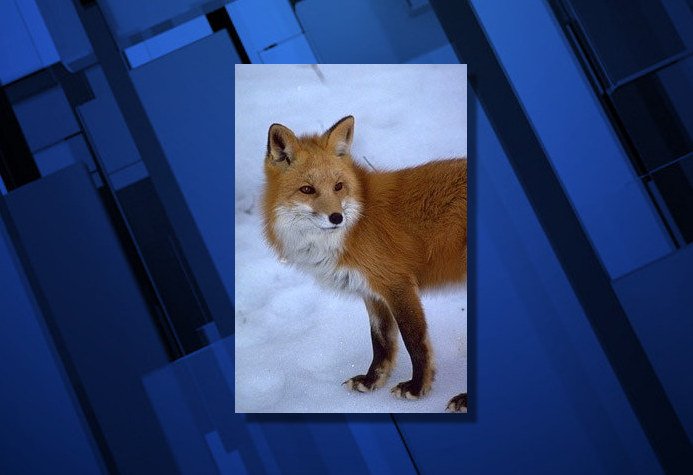Oregon Fish and Wildlife Commission cuts some trappers’ minimum trap check times

PORTLAND, Ore. (KTVZ) — The Oregon Fish and Wildlife Commission adopted new rules Friday that reduce some of the state’s trap check times, which an environmental group said will make it "less likely that animals will suffer for extended periods of time and more likely that non-target wildlife can be safely released."
"These new rules require trappers using live restraining devices to check their traps every 48 hours," the Center for Biological Diversity said in a news release. The Oregon Department of Fish and Wildlife confirmed that the changes were adopted by a vote of 6-1 at the commission's Salem meeting, and that the information from the organization was accurate.
Here's the rest of their news release:
Oregon previously had four different trap check times, ranging from 48 hours to 30 days. For animals the state deems “predatory,” check times for live restraining traps ranged from 72 hours to seven days. Today’s decision reduces those trap check times to 48 hours. The commission also voted to reduce the trap check times for kill traps or snares from 30 days to 14 days.
“This is a step in the right direction and it brings Oregon’s rules closer to the daily or 24 hour trap check schedule that a majority of states have already adopted,” said Quinn Read, Oregon policy director at the Center for Biological Diversity. “But let’s be clear that we’re talking about how long we’ll tolerate an animal suffering in a trap — injured, without food or water, and exposed to the elements and predation. This change makes trapping less inhumane, but Oregon still has a long way to go.”
Research confirms that animals suffer in traps, the center said. The longer animals stay in traps, the more likely they are to die from injury, hunger, thirst, exposure to the elements and predation. Long trap check time requirements also increase the likelihood of trapping and killing unintended targets, including threatened, endangered and sensitive species. These include wolverines, Sierra Nevada red fox, marten and fisher, as well as domesticated pets.
Thirty-six states have either 24 hour or daily trap check times for all wildlife. The Association of Fish and Wildlife Agencies instructs new trappers to check traps daily. The American Veterinary Medical Association recommends checking traps once every 24 hours, and the American Association of Mammalogists suggests twice daily or even more frequently.
The Center and its partners requested that the commission reduce trap check times in 2020. The commission then convened a Trap Check Work Group facilitated by Kearns and West. The Center served on the work group along with Portland Audubon and the Humane Society of the United States.
“Despite tens of thousands of taxpayer dollars spent on mediators, neither the trappers nor Oregon Department of Fish and Wildlife staff were willing to budge on the current cruel and archaic trap check times,” said Read. “That’s why the commission had to step in to adopt rules that come closer to representing Oregon’s values on animal cruelty and conserving wildlife.”
ODFW issued a news release Friday evening on the meeting earlier in the day, including this segment on furbearer regulations;
Furbearer regulations for 2022-24: The Commission adopted regulations for the hunting and trapping of furbearers and unprotected mammals (bobcat, gray fox, red fox, marten, muskrat/mink, raccoon, river otter, beaver, plus badger, coyote, nutria, opossum, etc.) that take effect on July 1, 2022. Changes from previous regulations clarify trapping closures on department-owned lands including Wildlife Management Areas, posted Refuges and Safety Zones, and at most properties owned by the department for the purpose of angling or boat access. (Trapping will still be allowed at these areas by permit from the department for specific circumstances.)
Changes to trap check intervals for predatory animals were also adopted in a 6-1 vote; these changes came after a Commission trap check work group, final report, and follow-up conversations.
Other changes expand mandatory reporting requirements for licensed furtakers harvesting beaver, including requiring specific information on each beaver taken during the harvest season such as the location (watershed, landownership, and water feature type) and the reason for the harvest (e.g., to address damage). To comply with Senate Bill 1501 (Private Forest Accord) passed by the 2022 Oregon Legislative Assembly, a licensed furtaker that traps a beaver on privately owned forestland other than “small forestland” as defined in the bill may not sell or exchange the pelt of the beaver. There is an exception for when beaver are taken to address damage; however in most cases that is being done outside of the beaver harvest season. Other adopted changes improve consistency and understanding of beaver harvest closure areas.
The meeting was livestreamed and a recording is available on YouTube.



